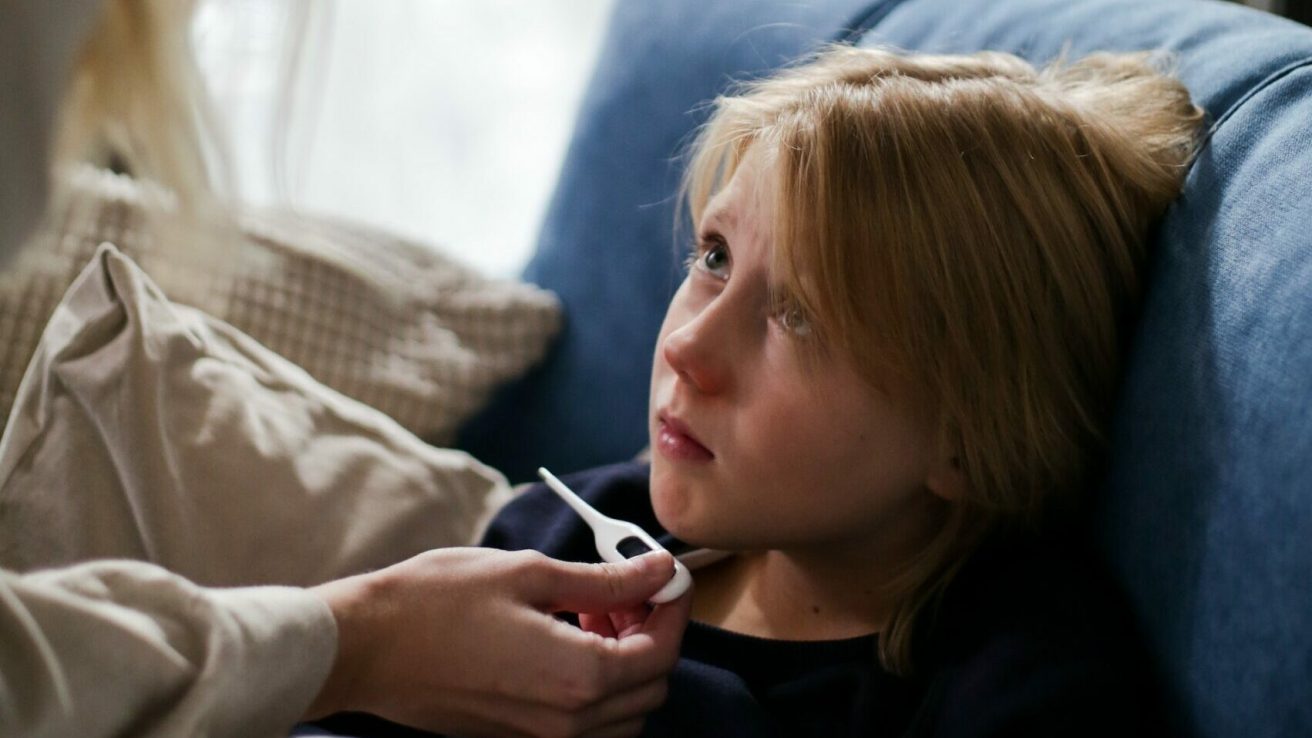In a population of urban children, age was a significant predictor of respiratory syncytial virus and influenza diagnoses.
Children frequently contract respiratory viral infections, such as influenza and respiratory syncytial virus (RSV). Their immature immune systems make them more susceptible than adults to these infections. As a result, several variables raise the risk of contracting these infections.
The purpose of this study, published in the International Journal of Pediatric Research, was to assess demographic, socioeconomic status, and mother and child parameters as possible drivers of RSV and influenza diagnosis.
Study Design and Population
A case-control study was performed in Rochester, New York, involving 1,808 children aged 0 to 14 who visited medical facilities between 2012 and 2019. Among them, 296 were diagnosed with influenza and 432 with RSV using PCR testing.
Age Significantly Predicted the Diagnosis of RSV and Influenza
RSV patients varied in age from 2 weeks to 11.4 years, with an average age of 1.05 years. The children’s risk for RSV diagnosis dropped by 15% every year of age; however, it rose by >150% in infants under the age of 6 months. Cases of influenza varied in age from 1.5 months to 14.97 years, with an average age of 5.15 years. In contrast to RSV, the chance of an influenza diagnosis increased by 20% with each additional year of age. With increasing age, there were fewer positive RSV tests overall in this sample’s viral PCR testing than in influenza tests.
Birthweight, Race, and Maternal Characteristics in the Diagnosis of RSV
The likelihood of receiving an RSV diagnosis increased with an unusual birth weight outside the 2,500–4,000 gram range. Compared to White children, children of non-White races—particularly Black children—had a 12% greater risk of developing RSV. Smoking, having several pregnancies, and being under 20 years of age were also linked to a higher likelihood of receiving an RSV diagnosis. However, these associations were not statistically significant.
Protective Factors Against Influenza Diagnosis
Older age and having private insurance were both significant protective variables against an influenza diagnosis. Children with self-funded coverage specifically had 2.12 times higher chances of getting the virus than those with private coverage.
Future research should examine these predictors for children’s severe and non-severe RSV and influenza infections.
Source:
Oktapodas, F. M., Recai, Y., Zhiqing, L., Mary, C., Paige, L. B., H, P. C., J, H. D., Kelly, T., Ann, D., & A, J. T. (2023). Trends and Non-Clinical Predictors of Respiratory Syncytial Virus (RSV) and Influenza Diagnosis in an Urban Pediatric Population. International Journal of Pediatric Research, 9(1). https://doi.org/10.23937/2469-5769/1510112








